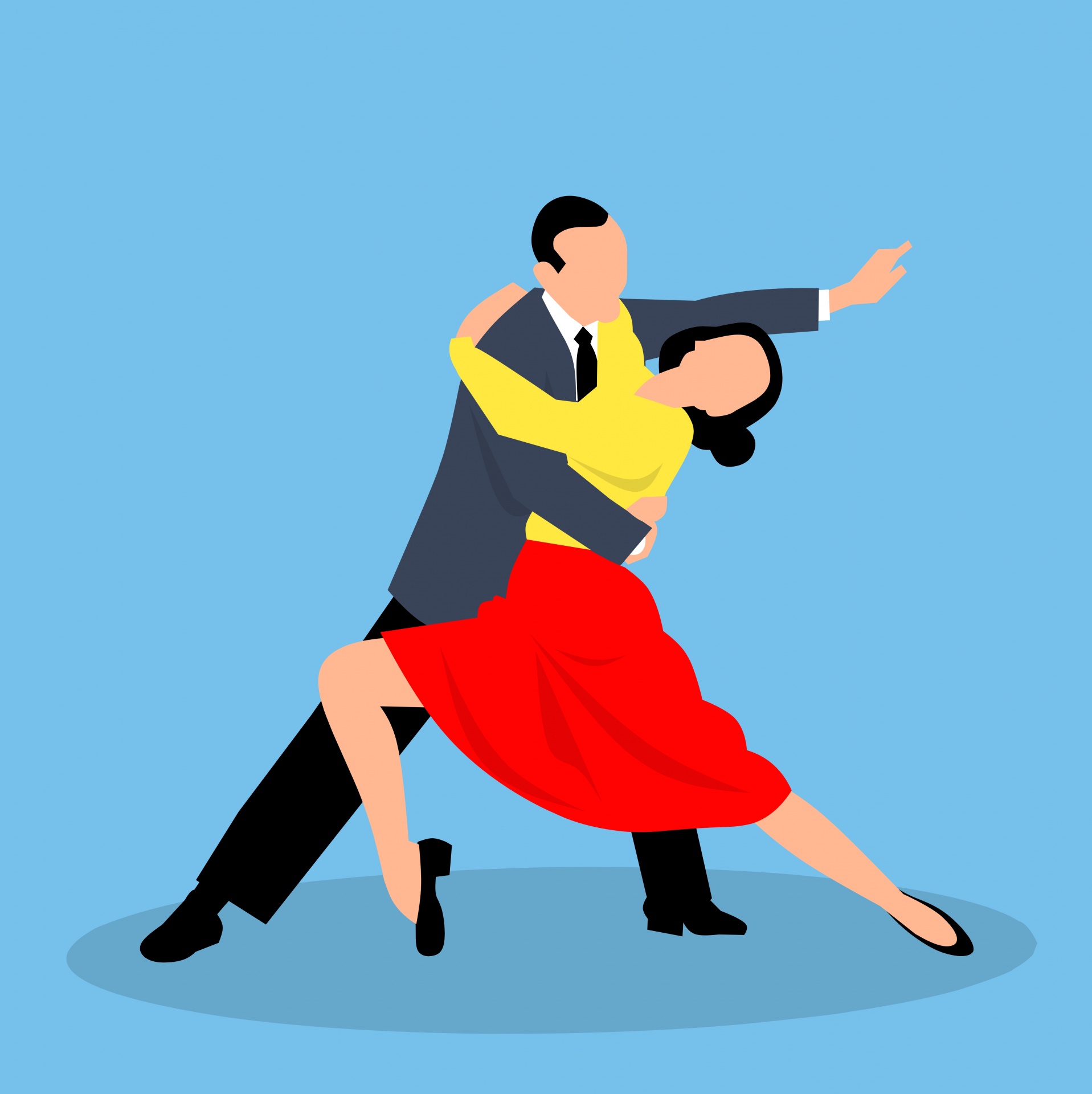Erusin and Nissuin are the two elements of the Jewish wedding service. Nissuin refers to the real marriage that occurs under the chuppah while rusin refers to the betrothal and ring festival https://www.washingtonpost.com/news/soloish/wp/2018/03/15/some-men-on-tinder-want-women-to-send-the-first-message-heres-why-that-doesnt-work/.
A betrothal lasts for about a year before the bride, and it can only be ended by the vicar’s father’s demise. The wedding works on his wedding procedures while she devotes her time to her private preparations during this period. At the conclusion of this period, he travels to his husband’s home and is given permission to pick up his wedding. Up until that point, the pair has only been seen together at the bridal festival.
Under the chupah, the man dons his kittel and wife dons her robes. They are surrounded by their closest friends and family individuals, who are dressed in white to represent angelic purity. The bride and groom have seven times in front of the chuppah as a sign of their union tower a ceiling of adore around their partnership https://asiansbrides.com/jdate-review/. The man then circles the wife seven instances, a custom that derives from the tale of Jacob and Rachel, in which he circled her to show that he loved her for who she was in.

After the chuppah, the rabbi recite the Sheva Brachot, or Seven Blessings, over a cup of wine. These blessings entail Divine blessings on the couple for their marriage and acknowledge the couple’s acceptance of their full and complete union.
